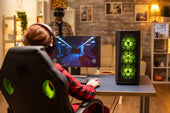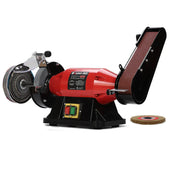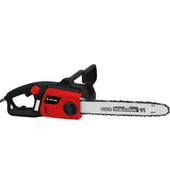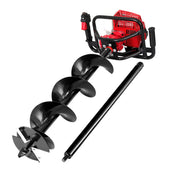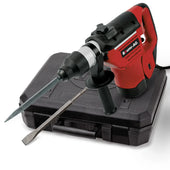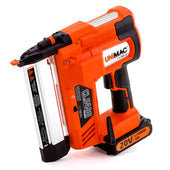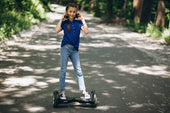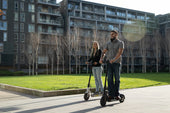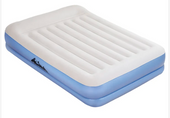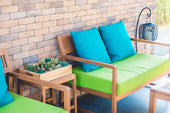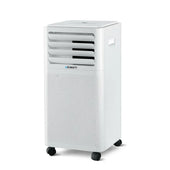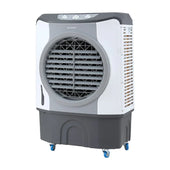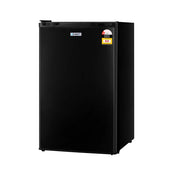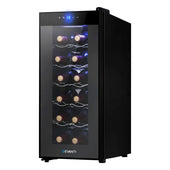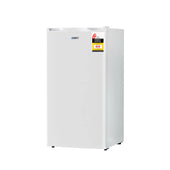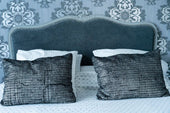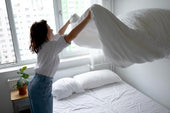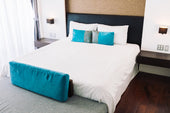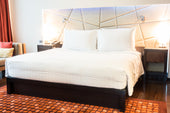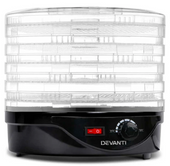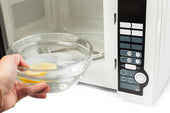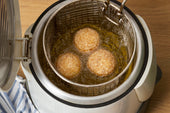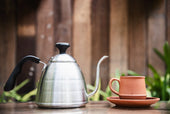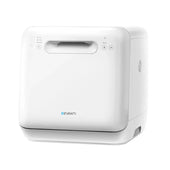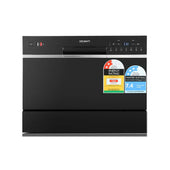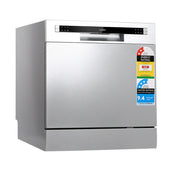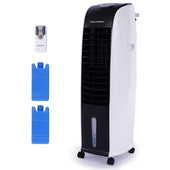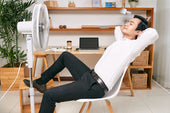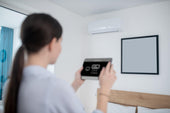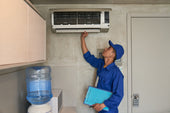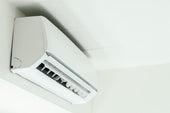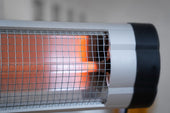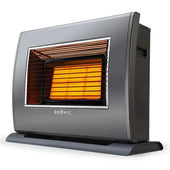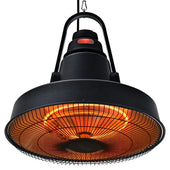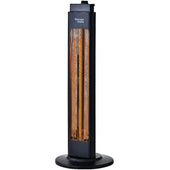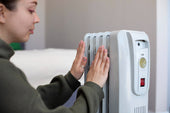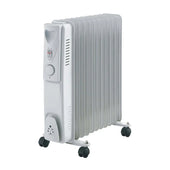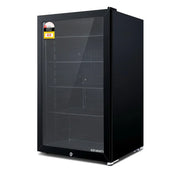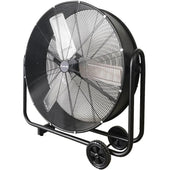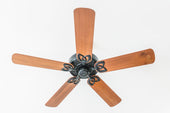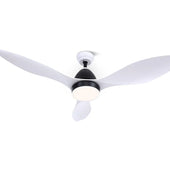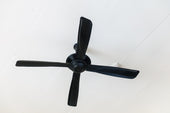Introduction: Why 2025 is the Year of Bold Bookcase Designs
In 2025, bookcases are becoming more than just functional furniture; they are redefining how home libraries express individuality and style. Evolving design trends are blending art, sustainability, and customisation, reflecting changing lifestyles and priorities. Designers are pushing the boundaries with bold materials like recycled metals, coloured glass, and engineered wood. Unconventional shapes such as asymmetrical structures and curved silhouettes are gaining popularity.
Advancements in technology, like integrated lighting and modular systems, are creating versatile and adaptive solutions for modern homes. During days, this year also sees a growing emphasis on multifunctionality, allowing bookcases to double as partitions or artistic displays.
The Rise of Modular Bookcases for Customised Spaces
Modular bookcases have gained popularity due to their adaptability and innovative designs, enabling individualised storage solutions. These systems consist of interchangeable components that can be arranged, added, or removed to fit varying room layouts and personal preferences. They cater to diverse needs, from compact apartments to expansive libraries, blending functionality with aesthetic appeal.
Features such as adjustable shelves, stackable units, and flexible dimensions make them ideal for evolving lifestyles. Materials range from wood and metal to eco-friendly alternatives, enhancing sustainability. Modular designs also support integration with decor elements like built-in lighting or decorative panels. Their versatility underscores why they are transforming home library trends in 2025.
Sustainability at the Forefront: Eco-Friendly Materials in Design
The integration of eco-friendly materials is shaping bookcase design in 2025, responding to growing environmental awareness. Designers are increasingly turning to renewable resources like bamboo, cork, and FSC-certified wood for their aesthetic and sustainable appeal. Recycled metals and reclaimed timber are also gaining prominence, offering durability while reducing waste.
Low-VOC finishes are preferred, ensuring healthier indoor air quality. Furthermore, biodegradable adhesives and non-toxic stains are replacing traditional finishes.
Manufacturers aim to highlight locally sourced materials, decreasing the environmental footprint associated with shipping. Innovations include plant-based resins and furniture made from upcycled plastics, blending practicality with eco-consciousness. These choices underscore design’s commitment to sustainability.
Integrated Lighting Features: Functionality Meets Aesthetic
Integrated lighting features are revolutionising the way bookcases are designed and experienced in 2025. Home libraries are no longer limited to simple shelving; they now incorporate advanced lighting solutions that enhance both visibility and visual appeal. These lighting options include:
- LED Strip Lights: Seamlessly built into the shelves to highlight book spines and decorative items.
- Adjustable Spotlights: Allowing customisable focus on specific sections for added dramatic effect.
- Smart Lighting Technology: Offering control over brightness and colour temperature through voice commands or apps.
For aesthetic harmony, fixtures are often concealed, blending effortlessly into cabinetry materials while avoiding glare or harsh shadows.
Statement Colours and Bold Finishes: Moving Away from the Mundane
Home libraries in 2025 embrace audacious colour palettes and luxurious finishes to redefine traditional bookcase aesthetics. Instead of neutral tones, designers favour vibrant shades like deep emerald greens, burnt oranges, and sapphire blues for a striking visual impact.
- Matte and high-gloss finishes add depth to bookcase surfaces.
- Bold hardware choices, such as oversized metallic handles or ornate brass trims, elevate the overall design.
- Contrasting back panels—using patterned wallpaper or painted inserts—create visual drama.
By blending daring colour schemes with sophisticated textures, these bookcases transform functional storage into captivating focal points while highlighting individuality and creativity in interior spaces.
The Comeback of Glass Accents for a Sleek, Modern Look
Glass accents are redefining bookcase aesthetics by blending contemporary design with practicality. Designers now incorporate glass shelving, panels, and doors to create an airy, upscale appearance. Frosted or tinted glass options offer subtle privacy while maintaining a light, open feel.
These accents help amplify natural light, giving home libraries a spacious and inviting atmosphere. Frameless glass doors highlight clean lines, while tempered glass shelves provide durability.
Paired with materials like wood or metal, glass creates a striking contrast that enhances visual appeal. It also serves to showcase decorative items or books as if in a minimalist display, adding sophistication and charm.
Dual-Purpose Designs: Bookcases that Double as Room Dividers
Dual-purpose bookcases offer both functionality and aesthetic appeal by serving as room dividers in open-concept living spaces. These designs maximise the use of vertical storage while creating distinct zones within a single area.
Features include:
- Open shelving that preserves natural light flow and visual connectivity.
- Rotatable panels for customising the layout or adjusting access from either side.
- Integrated features like plant holders or built-in lighting for added versatility.
Popular materials like wood, metal, or glass ensure these designs blend seamlessly with various interior styles. This trend reflects a growing emphasis on space efficiency without sacrificing form or function.
Floating and Wall-Mounted Bookcases: Saving Space in Style
Floating and wall-mounted bookcases are redefining how homes utilise available space while making a bold design statement. Blending functionality with aesthetics, these bookcases are perfect for compact living spaces or minimalist interiors.
- Floating bookcases, fixed invisibly to the wall, create the illusion of books hovering mid-air. This unique feature adds a modern, clean-lined look to home libraries.
- Wall-mounted units, on the other hand, offer more structural options, including chic open shelving and modular designs, enabling customisation based on individual needs and wall dimensions.
By elevating bookshelves off the ground, these designs free up valuable floor space, making rooms appear larger while providing practical storage. Their streamlined look complements both contemporary and transitional styles effortlessly.
Curved and Organic Shapes: Breaking the Traditional Rectangular Mould
Curved and organic shapes are redefining bookcase designs, moving away from standard rectangular forms. These innovative designs incorporate soft edges, flowing lines, and asymmetry to create visually striking furniture pieces.
Home libraries increasingly feature bookcases with arching shelves, circular configurations, and wave-like structures. These shapes evoke a sense of movement and dynamism, transforming the bookcase into a functional piece of art.
Designers utilise materials such as moulded plywood or metal to achieve complex curves, offering seamless integration with contemporary interiors. The rise of biophilic design principles also inspires these organic forms, mimicking natural patterns found in leaves or landscapes.
Open Shelving 2.0: The Art of Styling Minimalist Bookcases
The evolution of open shelving centres around simplicity and functionality while maintaining visual appeal. Homeowners increasingly favour minimalist bookcases to create an organised yet stylish display for their collections. Books are now curated carefully, with colour-coordinated spines and thoughtful placement to enhance design consistency.
Minimalist shelving also incorporates decorative touchpoints, such as sculptural accents, potted plants, or framed art intermingling seamlessly with books. Floating shelves serve as focal points, sparingly arranged to prevent clutter. Lighting features, including LED strip lights or spotlights, elevate the aesthetic, highlighting key design elements.
Thin, sleek materials like metal and tempered glass dominate, pairing well with neutral wall tones.
Mixing Materials: The Fusion of Wood, Metal, and Fabrics
In 2025, bookcases embrace a blend of materials to offer both functionality and aesthetic appeal. Designers combine warm, natural wood with sleek, industrial metals such as steel or aluminium to create bold visual contrasts. Wooden shelves paired with metallic frames provide structural strength and contemporary flair. Soft furnishings, like fabric-backed panels or upholstered drawer fronts, inject texture and warmth, creating inviting designs suitable for any space.
This trend caters to diverse interior styles, integrating rustic charm, minimalist elegance, and modern sophistication. Homeowners can customise finishes to fit personal tastes, blending durability and artistic versatility within their home libraries.
Tech-Integrated Units: Smart Bookcases for the Digital Age
Smart bookcases are revolutionising traditional storage solutions by merging design with technology. Equipped with integrated lighting systems, these units enhance visibility while automatically adjusting brightness based on time of day. Wi-Fi-connected sensors enable remote management, allowing users to track inventory, locate books, and receive maintenance alerts.
Some models incorporate touchscreen panels or voice-controlled assistants, offering effortless searches and recommendations based on user preferences. Modular compartments adapt to different needs, accommodating devices like tablets without clutter.
Additional functionalities may include biometric locks for securing valuable items and charging docks for electronic gadgets. These innovations cater to modern lifestyles, blending practicality with aesthetic appeal.
Vintage-Inspired but Modernised: Retro Designs with a 2025 Twist
The 2025 home library trend embraces retro bookcase designs with modern refinements. Popular mid-century styles like tapered wooden legs, clean lines, and rounded edges are reimagined with contemporary materials, such as sustainable plywood or brushed metal detailing. Colour palettes are shifting towards muted, earthy tones, like sage green or warm terracotta, paired with bold accents for a fresh visual contrast. Designers are incorporating modular configurations that reflect retro functionality while accommodating modern needs, such as hidden compartments for tech gadgets. Vintage-inspired hardware—leather pulls, brass handles—adds a tactile charm, blending nostalgia with practicality seamlessly.
Customisable Bookcase Features for Personalised Touches
Modern bookcase designs in 2025 place an emphasis on customisability, enabling users to tailor storage solutions to their unique needs. Adjustable shelving systems allow for the accommodation of books of various heights, art pieces, or decorative items.
Some models integrate modular units, which can be reconfigured to create different layouts or add storage capacity. Colour and finish options also provide creative freedom, ranging from natural wood tones to vibrant, lacquered finishes.
Additionally, features such as built-in lighting, sliding panels, and integrated charging docks ensure both functionality and aesthetic appeal. These innovations cater to diverse tastes and evolving preferences.
Conclusion: Redefining Home Libraries with Versatile and Trending Bookcase Designs
Modern bookcase designs are reshaping the concept of home libraries, blending functionality with aesthetics. Versatility is a driving factor, enabling bookcases to adapt to evolving spaces, whether compact apartments or sprawling homes. The incorporation of trending materials such as sustainable wood and metal ensures durability while echoing contemporary styles. Modular designs cater to flexibility, allowing homeowners to adjust configurations to suit personal needs.
Tech-integrated bookcases bring innovation into organisation, while open shelving fosters accessibility and minimalism. Decorative elements like geometric patterns and mixed textures add personality to the space. These trends collectively elevate home libraries into multi-dimensional expressions of lifestyle and creativity.


